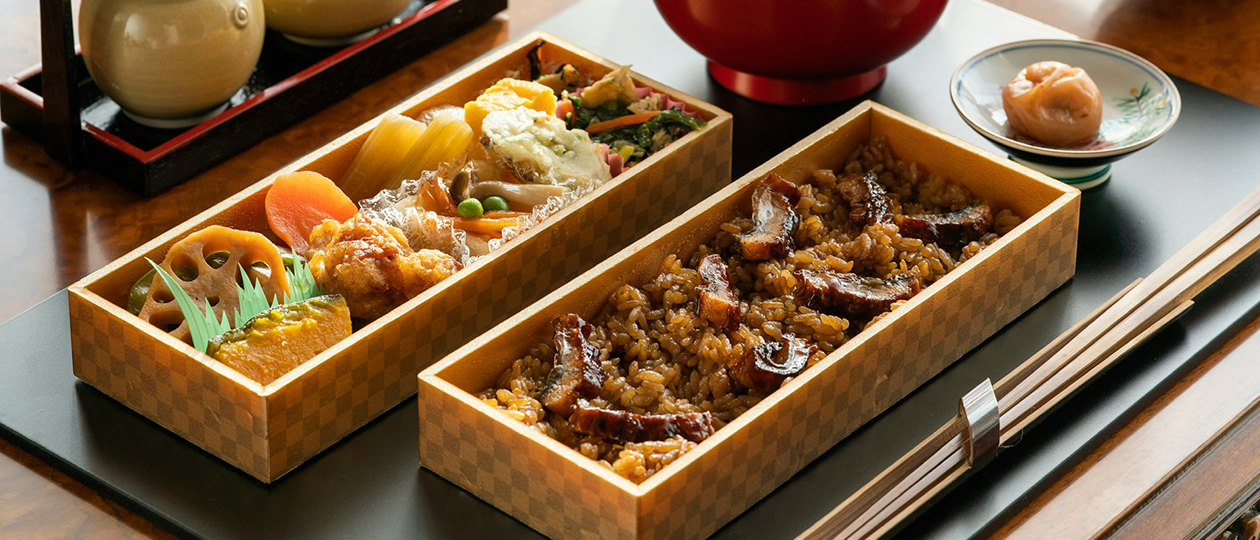
The simple answer is that traditional Japanese home cooking tends to center around a main protein dish with a few additional vegetable dishes, and is usually eaten steamed with rice, miso soup, and pickles.
This is also true for breakfast. The main dish may be fish, chicken, beef, or pork. The Japanese dislike lamb because of its strong flavor, but will eat venison and other game, especially in rural areas. Seaweed is usually included in the meal. Flavorings are often based on soy sauce, sake, mirin (sweet rice wine), dashi (a broth made from seaweed and fish), and miso. Home cooking does not usually begin with appetizers, but may include dessert, and is usually served family style, meaning large dishes on the table from which you serve yourself.
The more accurate answer is that Japanese cuisine is very complex. There are many styles of Japanese cuisine, and even at home, there are many different meals to enjoy, including street food and snack versions.
After World War II, Japan became especially open to international cuisine and has definitely absorbed concepts into its own genre.
For example, the very popular Japanese curry would not be recognized by any self-respecting Indian! Likewise, although McDonald’s is well known in the country, what many call a hamburger in Japan is probably more likely to be called a meatloaf in the US. Noodles from China have also evolved in Japan over the centuries with many different varieties made from ingredients such as wheat flour, buckwheat, etc. With or without egg.
Another import is foods such as tempura, a Portuguese invention that many today consider Japanese. Tempura is tempura, a type of a deep fried battered dish, while Japanese cuisine favors grilling, steaming, braising, and frying. The frying pan is often used for Chinese-style dishes.
The menu also includes a lot of raw food, as well as dried and preserved foods. Seasonal ingredients are highly prized. Much attention is paid to providing a variety of ingredients, textures, flavors and colors. The goal is to enhance the flavors of the ingredients rather than overpower them with spices and sauces. Many home producers are very health conscious and nutritionally conscious.
There are also many ingredients and foods that are uniquely Japanese and never make their way across the sea to other countries, even those with Japanese restaurants. Natto, fermented beans, or raw eggs cracked onto hot rice for breakfast are things that are rarely popular in other cultures.
Having said all that, many Japanese will eat toast or cereal with tea or coffee for breakfast, sandwiches for lunch, and spaghetti bolognese for dinner. They love foreign food. Japanese Home Cooking could probably easily become a full dissertation. Hopefully this helps a little.





